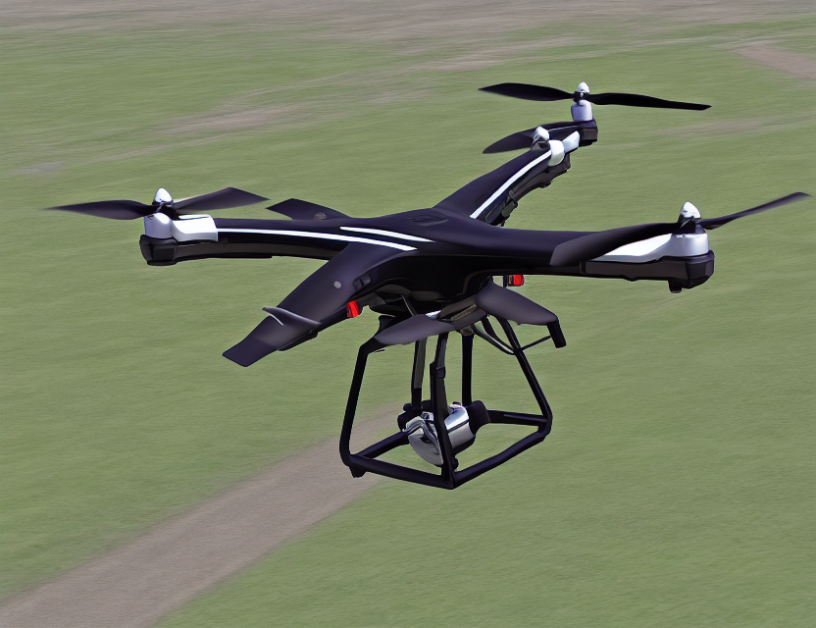In this article, the authors propose a new method for controlling a nano-quadrotor using Nonlinear Model Predictive Control (NMPC). The approach leverages the open-source acados software, which is designed to be efficient and user-friendly. The method involves defining the system dynamics, cost function, and constraints in Python, and then solving the NMPC problem using acados.
The proposed approach is validated through experimental results on a Crazyflie2.1 nano-quadrotor. The results show that the NMPC control inputs can be generated efficiently and accurately, with an average computation time of 0.01587208s and a maximum computation time of 0.00968526s.
To explain complex concepts in simple terms, imagine a quadrotor as a complex machine with many parts working together to achieve a specific task. Just like how a car has an engine, transmission, and brakes that work together to make it move, a quadrotor has multiple components such as motors, sensors, and control systems that must be coordinated to fly smoothly.
The NMPC method acts like a smart co-pilot that can predict what the quadrotor will do next based on its current state and desired trajectory. It then adjusts the control inputs in real-time to ensure the quadrotor flies as planned, avoiding obstacles and maintaining stability.
By using NMPC, the authors demonstrate that it is possible to improve the performance of a nano-quadrotor significantly, making it more efficient and stable in its flight path. This has important implications for applications such as search and rescue missions, aerial photography, and package delivery.
Optimization and Control of Quadrotor Aerial Vehicles: A Survey



